Filter by
SubjectRequired
LanguageRequired
The language used throughout the course, in both instruction and assessments.
Learning ProductRequired
LevelRequired
DurationRequired
SkillsRequired
SubtitlesRequired
EducatorRequired
Explore the Arrays Course Catalog
 Status: New
Status: NewNortheastern University
Skills you'll gain: Algorithms, Theoretical Computer Science, Data Structures, Computational Thinking, Analysis, Computer Science, Software Development, Scalability
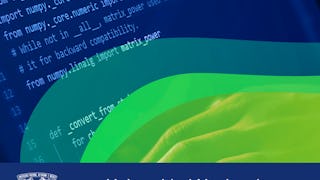
Universidad Nacional Autónoma de México
Skills you'll gain: Matplotlib, Extract, Transform, Load, Pandas (Python Package), NumPy, Exploratory Data Analysis, Time Series Analysis and Forecasting, Data Visualization Software, Data Science, Package and Software Management, Graphing, Data Analysis, Data Processing, Data Import/Export, Python Programming, Data Manipulation
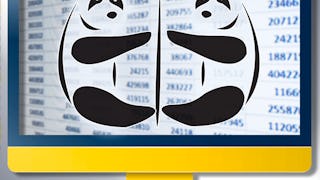 Status: New
Status: NewUniversity of Michigan
Skills you'll gain: NumPy, Pandas (Python Package), Debugging, Data Manipulation, Jupyter, Data Analysis, Python Programming, Data Cleansing
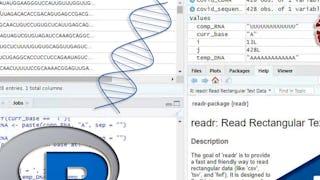
Coursera Project Network
Skills you'll gain: Bioinformatics, R Programming, Data Manipulation, Programming Principles, Life Sciences
 Status: New
Status: NewUniversity of Glasgow
Skills you'll gain: Matlab, Data Manipulation, Engineering Calculations, Artificial Intelligence, Numerical Analysis, Data Cleansing, Programming Principles, Computer Programming, Machine Learning, Scripting, Data Structures, Plot (Graphics)
 Status: Free
Status: FreeDuke University
Skills you'll gain: Object Oriented Programming (OOP), Encryption, Data Structures, Java, Algorithms, Programming Principles, Data Analysis, Data Processing, Web Analytics and SEO, File Management, Data Import/Export, Software Development

Skills you'll gain: C++ (Programming Language), Object Oriented Programming (OOP), Object Oriented Design, Programming Principles, Unified Modeling Language, Computer Programming, Data Structures, File Management, Debugging

Skills you'll gain: Apple Xcode, Swift Programming, Apple iOS, iOS Development, Mobile Development, Application Development, Dataflow, UI Components, Information Architecture, Data Management, Object Oriented Programming (OOP), Cloud Storage, Visualization (Computer Graphics), Data Storage, Cloud Development, Web Applications, Data Storage Technologies, Application Deployment, Responsive Web Design, Programming Principles
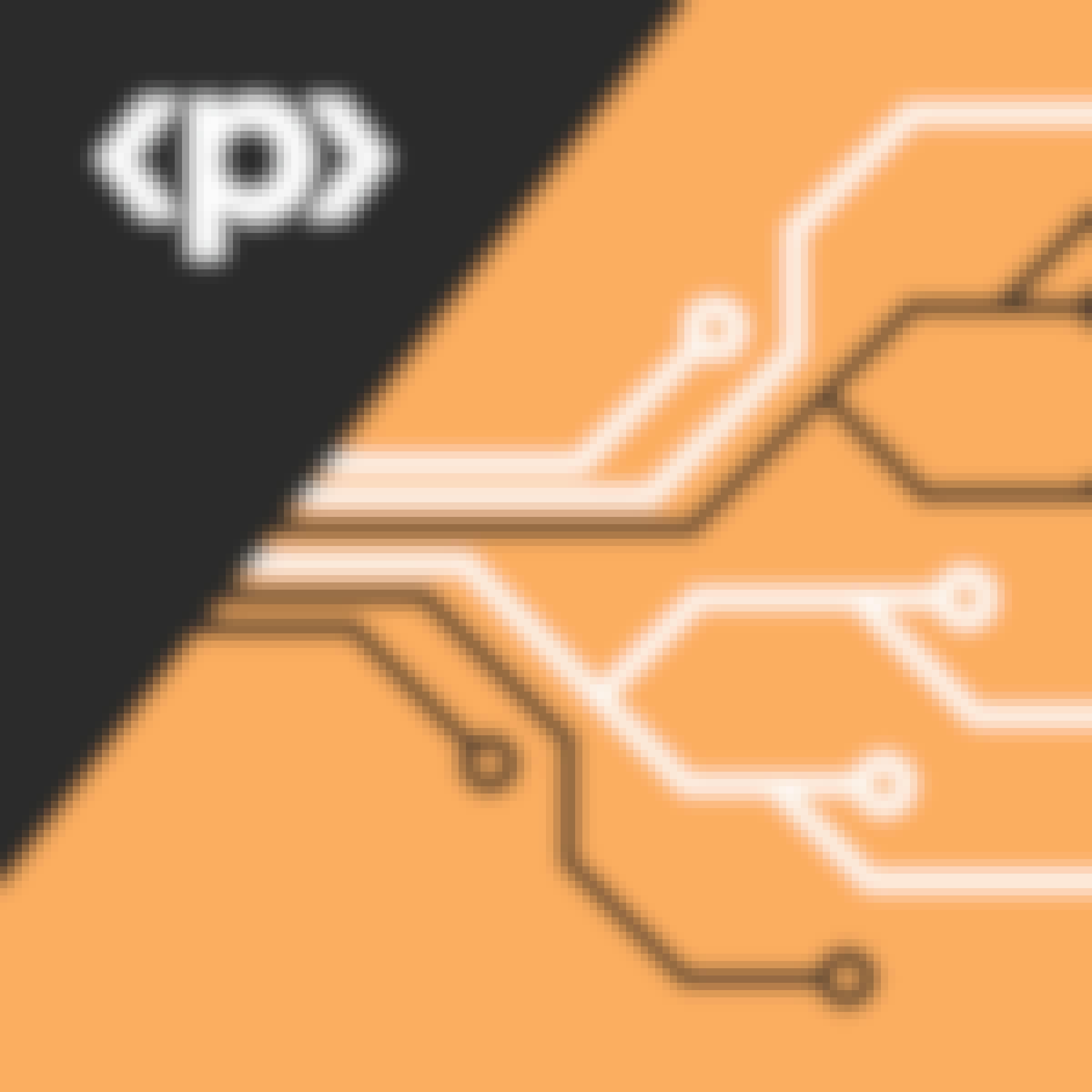
Skills you'll gain: Rmarkdown, Data Import/Export, R Programming, Data Manipulation, Data Visualization, Web Scraping, Ggplot2, Plotly, Programming Principles, Data Visualization Software, Data Wrangling, Data Cleansing, Statistical Programming, Data Transformation, Data Structures, Scripting Languages, Scripting, Development Environment, Leaflet (Software)
 Status: New
Status: NewSkills you'll gain: Data Structures, Graph Theory, Algorithms, Computational Thinking, Javascript, Computer Programming, Object Oriented Programming (OOP), Debugging, Software Design Patterns
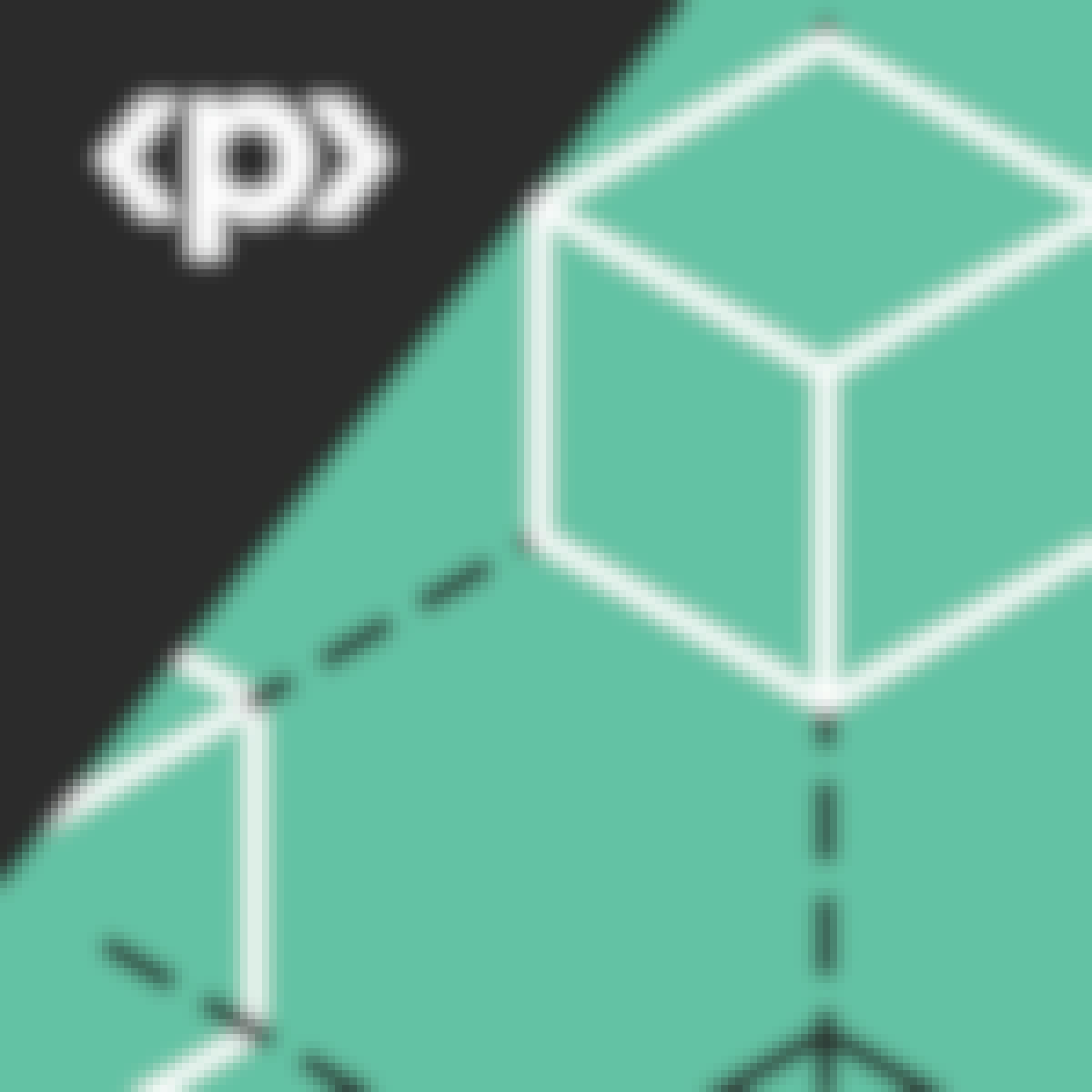 Status: New
Status: NewSkills you'll gain: Blockchain, Program Development, Web Development, Application Development, Programming Principles, Development Environment, FinTech, Emerging Technologies, Computer Programming, Transaction Processing

Skills you'll gain: Bash (Scripting Language), JSON, Shell Script, Unix Shell, Scripting, Linux Commands, Unix Commands, Scripting Languages, Command-Line Interface, Kubernetes, Restful API, Data Import/Export, Software Installation
In summary, here are 10 of our most popular arrays courses
- Data Structures & Algos: Software Development Skills: Northeastern University
- Python: de usuario a explorador de datos: Universidad Nacional Autónoma de México
- NumPy and Pandas Basics for Future Data Scientists: University of Michigan
- عكس وتكامل تسلسل الحمض النووي (DNA ، RNA) باستخدام R: Coursera Project Network
- Fundamental MATLAB Programming for AI: University of Glasgow
- برمجة Java: المصفوفات، والقوائم، والبيانات المصنفة: Duke University
- Fundamentals of Object-Oriented Programming - C++: Packt
- SwiftUI - The Complete iOS 17 Reference Library of Code: Packt
- Foundations of R Programming and Basic Data Manipulation: Packt
- 70+ JavaScript Challenges - Data Structures and Algorithms: Packt










